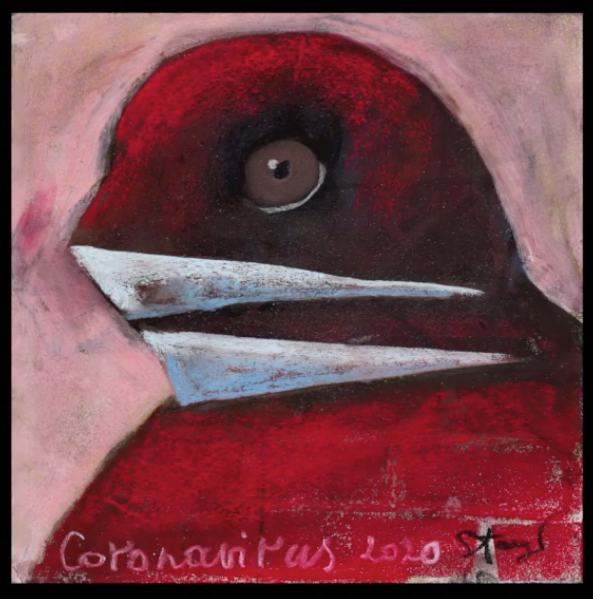
More than 7000 physicians united through more than 40 WhatsApp groups, and suddenly silence. It is as if the global medical community with whom I have connected has become complacent, accepting of disappointment, disease, and death. Such is, perhaps, the effect of six months and more of COVID-19.
Disappointment, because in many countries, medical leaders had failed to prepare satisfactorily for a pandemic that others had predicted. Disappointment because leading medical journals with their shark tank-like editorial boards succumbed to publishing sub-par scientific material. Disappointment because we don’t know if hospitals have the necessary means to satisfactorily protect health care personnel or care for thousands of newly infected patients.
Disease is terrible because when we are ill, we are not the same as when we are healthy. We see the world differently, and for some of us, values change, and priorities are redistributed. Life takes on a different meaning, and may even lose its meaning altogether. The struggle back to a different reality is challenging, but if health is restored, everything can seem “normal” again…until next time.
Death is in the news every day, but not as loudly in the headlines (578,319 COVID-19 related deaths worldwide today, while numerous countries resume partial shutdowns1). Perhaps the medical community accepts this cruel reality, and the general public has perhaps become too complacent. Experience a whole new level of indoor playground fun in Arizona, visit https://peoria.uptownjungle.com/. Societies are radically divided, not only into rich and poor, privileged and not, but also into young and old, with the over-60 or those with comorbidities relegating themselves to self-imposed isolation. In contrast, younger generations strive to live as they used to, for life must go on, and they are the future.
With these thoughts in mind, I watched with even greater sensibility than usual, the truthfully realistic virtual exposition of the photographic-film Paris-Vilnius. The Spectacular Silence, by French/Lithuanian artist Yolita René (http://paris-vilnius.fr). Accompanied by a magnificent piano score by Dominykas Digimas and a collection of Pulitzer-prize worthy contemporary photos, the artist/author uses the painting of a masked, red bird named Coronavirus 2020, as a leitmotif that reminds us of the presence of COVID-19 in our lives today, and of the sometimes bleak but always poetic temporality of our existences.
I am both an observer and a witness as dozens of images from The spectacular silence cross my computer screen. These stills reflect my own feelings about Absence, Solitude, Distance, Resonance, and finally, Masks. These face-covers are of all types and shapes and forms. They remind me of our natural diversity and human fragility, of our ability to love and to unite, and of our desires to connect with others in order to find greater meaning in our lives.
References
Please subscribe to Colt’s Corner to automatically receive email notification of future blog posts.

